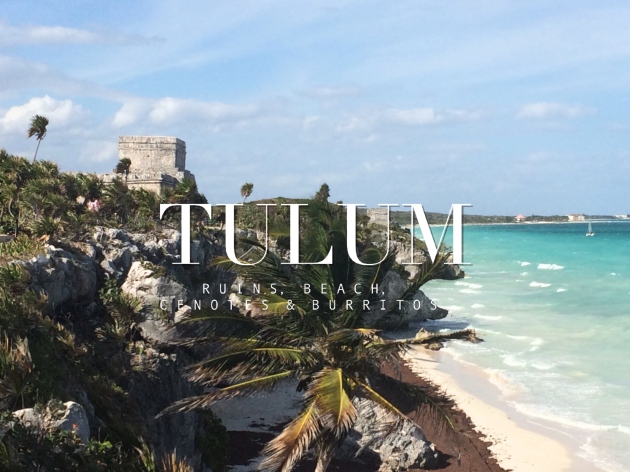
The Maya city Tulum is located in the southern part of the
Riviera Maya, about which I wrote my first blog post in this series. But since there's so much to see and do in Tulum I decided to write a separate post dedicated to this trendy town.

Tulum is said to be one of the last cities that was built and inhabited by the Maya. It served as a port for the ancient city Cobá, which is situated slightly further from the coast. The ruins, which are about a fifteen minute bike ride from the city centre, are very well preserved. It takes about an hour and a half to see everything and most temples and buildings are in a good state so it's not too difficult to imagine what Tulum must have been like at its peak. Especially the Pyramid El Castillo and Templo Dios del Viento still look very impressive. The site also offers a fantastic view on the ocean and is a good place to spot Iguanas, who walk around the ruins as if they own the place. But they are not the only animals in Tulum. Some of the beaches, like the one close to the ruins are protected for nesting sea turtles. However, it's unlikely you'll be able to see those without trespassing.

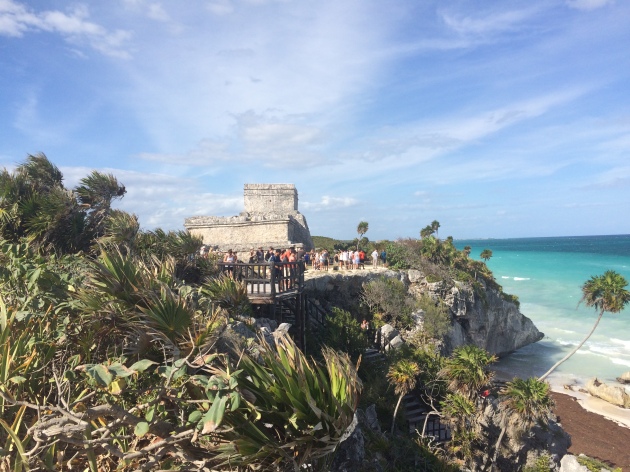
Another of Tulum's main attractions is most definitely the beach. The coast line is absolutely magnificent and has something to offer for almost everyone. There are plenty of resorts and restaurants on the beach where you can relax on one of the big cushioned sun beds while enjoying a refreshing drink. However, the soft white sand is very comfortable so you can also just lie down on your towel if beach bars aren't your thing. When I was visiting Tulum it was quite windy so the conditions were pretty good for kite- and wind surfing, which I saw some people doing.
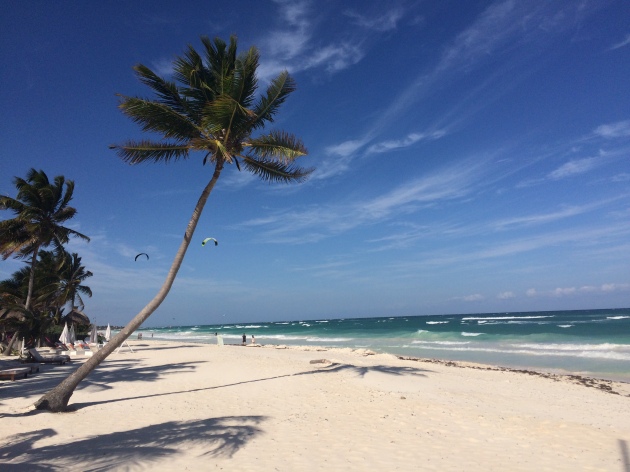
The town itself is rather small so you can easily get around by bike. You can find rental places on almost every street corner and you'll find quite a lot of segregated bike lanes. From the town you can also cycle to one of the nearby cenotes. A cenote is a natural pit, or sinkhole, resulting from the collapse of limestone bedrock that exposes groundwater underneath. You can find lots of them on the Yucatan Peninsula. Cenotes were seen by the Maya as sacred entries to the underworld, Xibalba. I went to the Gran Cenote, which is about 20 minutes cycling from Tulum. At the cenote you can rent snorkelling equipment and lockers for your belongings. The fresh water was quite cool and refreshing. When you go snorkelling in the cenote you can see that it's incredibly deep and I couldn't help but wonder what might be lurking in the dark depths of the well. I didn't see anything scary though, just very friendly fish and a couple of sweet water turtles. But when you go to a cenote you can imagine why the Mayans were intrigued by these places.

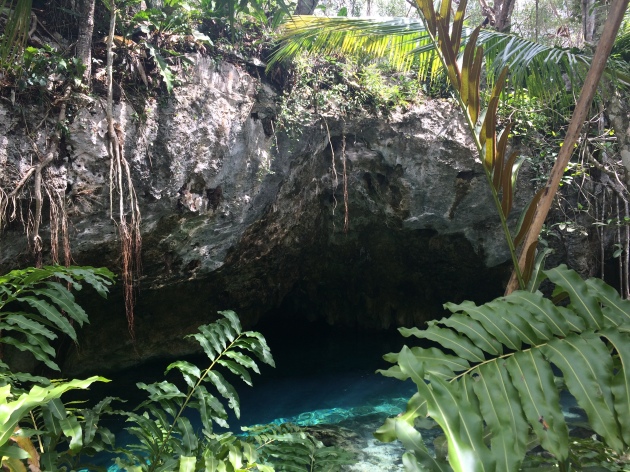
Tulum is quite different from the other places I visited on the Yucatan peninsula, in the sense that it's very trendy. The beach bars are decorated in a very stylish way, there are lots of pretty boutiques and tourism is much more tasteful in Tulum. One thing I also found very remarkable was the number of vegan restaurants. When cycling to the beach we saw numerous places advertising about their vegan meal options. My favourite food place in Tulum was Burrito Amor, an open air restaurant where they sell a wide variety of delicious burritos (including vegan ones with cactus!) and freshly made juices.

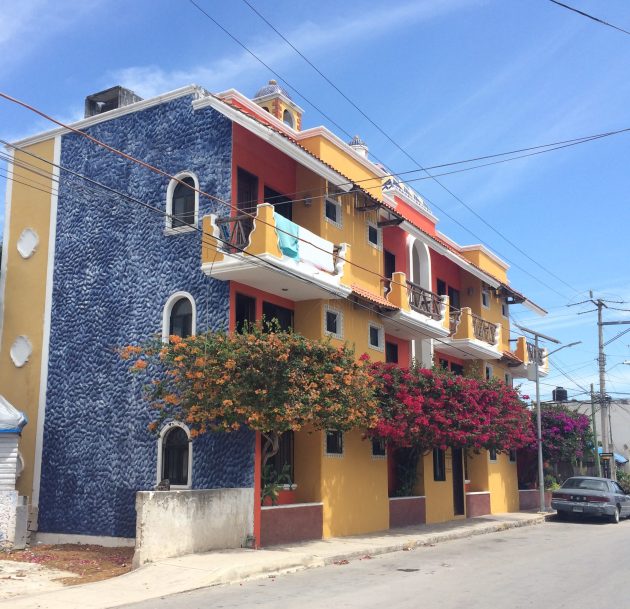
If I ever go back to the Yucatan Peninsula again, I will definitely stop by Tulum for a second time. It's a perfect place to relax and enjoy some of Mexico's fantastic ruins and cenotes. In my next post, I'll write about Cobá, Valladolid and the world famous Chichen Itza.
Follow me on:
Bloglovin -
Instagram -
Twitter